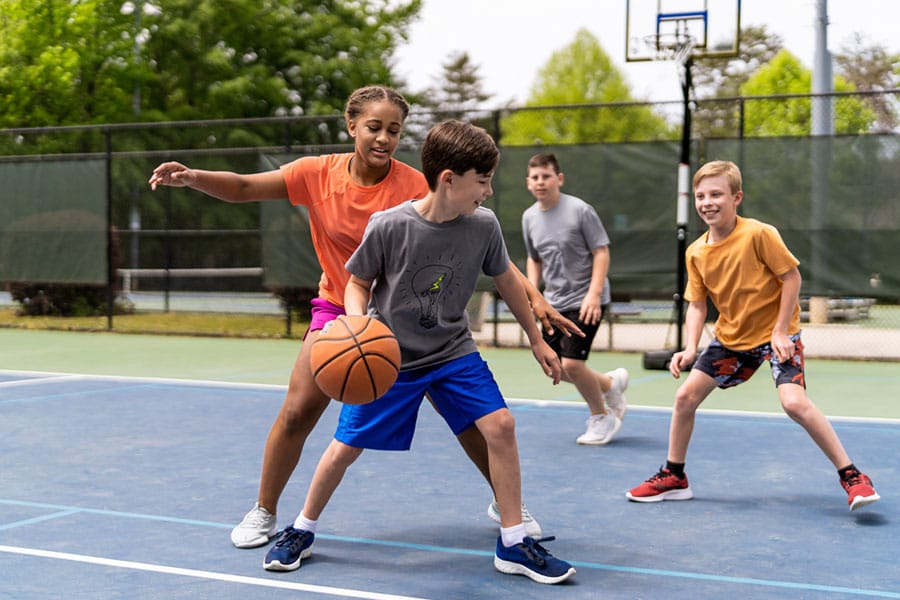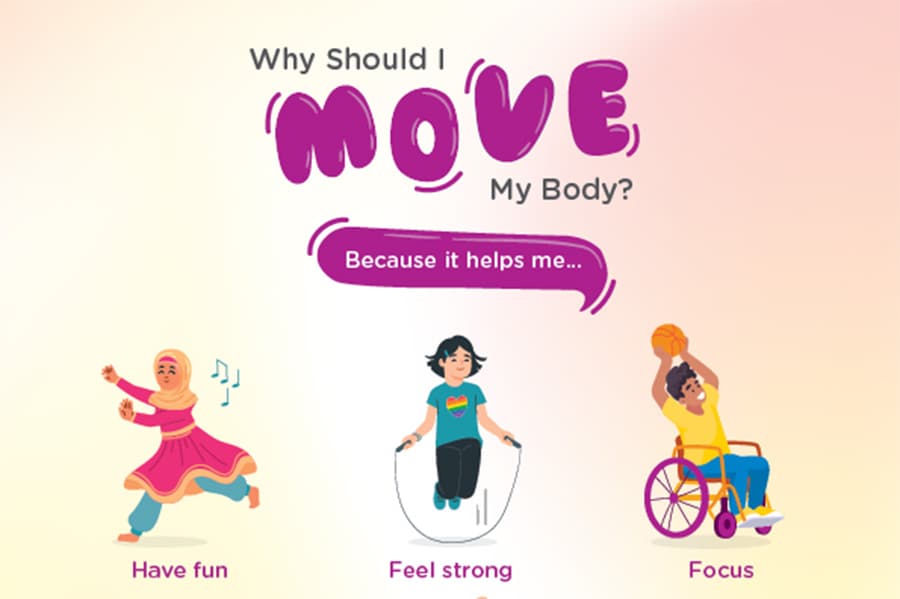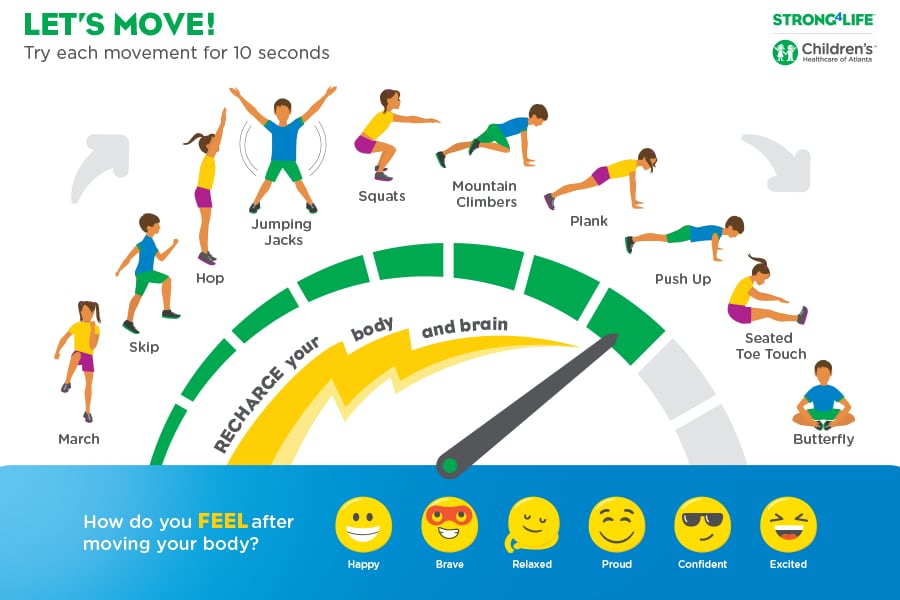Why Movement Is Important for Kids
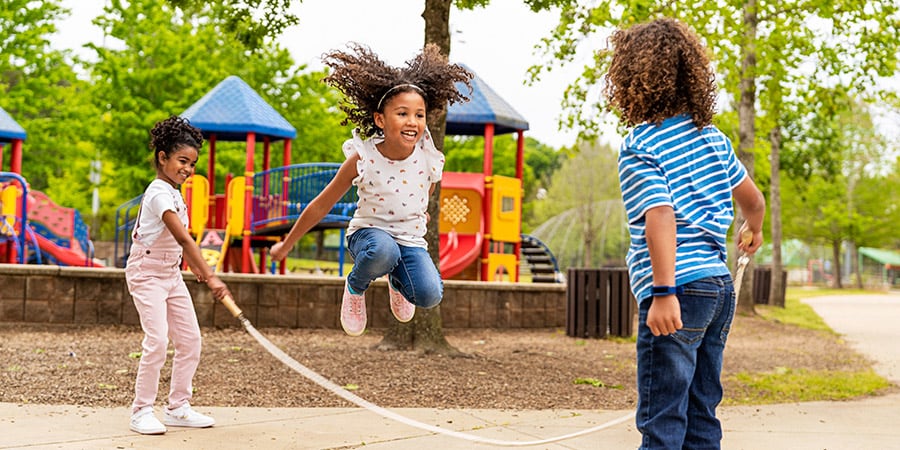
Daily movement is vital to kids’ overall wellness. Being active can improve kids’ physical health, social and emotional wellness, and academic performance. And it’s not just older kids who benefit from moving their bodies. Babies need daily movement from birth for healthy development.
Just like other healthy habits, movement helps kids learn, grow and thrive. Read on for more reasons to make movement an important part of each day—and for daily activity recommendations from Children’s Healthcare of Atlanta experts.
In this article:

Short-term benefits of physical activity for kids
Physical activity has tons of benefits that go beyond improving kids’ physical fitness.
Instant benefits of being physically active:
While it’s important to make movement a habit, kids can experience these benefits immediately after a single session of moderate physical activity. That’s the magic of movement!

Long-term benefits of physical activity for kids
When kids are regularly active, the benefits of physical activity for kids show up in every aspect of their lives in the future.
Long-term physical health benefits of being active:
- Lower risk of obesity, Type 2 diabetes and heart disease
- Improved balance and coordination
- Increased bone and muscular strength
- Healthy growth and development
Long-term benefits of physical activity on learning:
- Improved brain health
- Improved focus and concentration
- Improved academic performance
Long-term social and emotional benefits of physical activity:
- Increased confidence and social health
- Reduced risk for depression
- Reduced symptoms of anxiety

How much physical activity do kids need?
According to the American Academy of Pediatrics, kids older than 6 need at least 60 minutes of physical activity every day. And younger children need activity throughout the day. Not just for kids’ physical health, but for overall healthy development.
But kids don’t need to get all this activity in at once. You can break activity up into shorter, more achievable spurts.
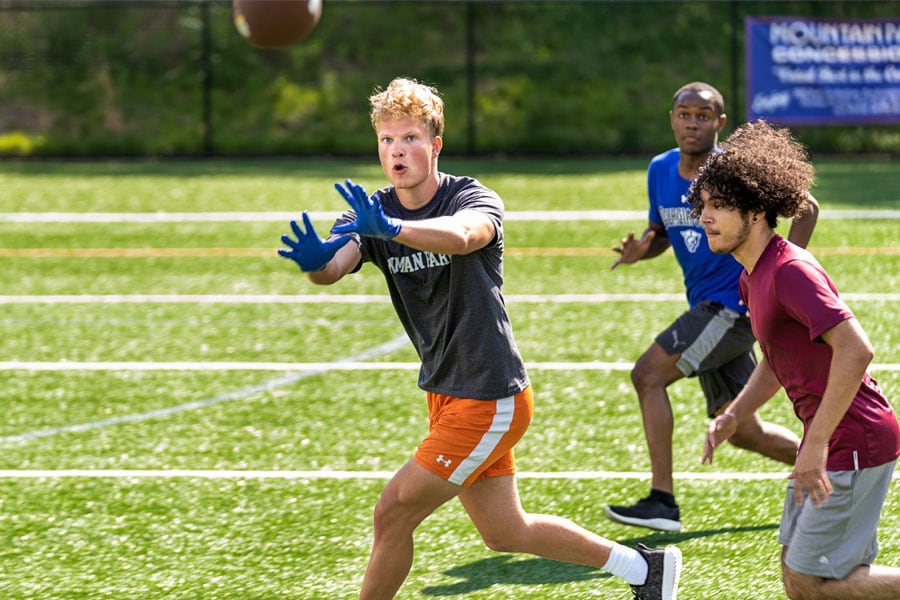
Does physical activity need to be strenuous to be effective
A lot of people think movement must be strenuous to be effective. And there’s some truth to that. Kids 6 and older need 60 minutes of moderate to vigorous physical activity every day.
But here are some things to keep in mind for kids:
- Activity doesn’t need to be exhausting.
- Activity doesn’t need to happen all at once.
- Activity doesn’t need to be structured and organized.
Above all, when it comes to kids, movement should be fun. It doesn’t need to be “exercise,” “working out” or participating in an organized sport.
If you’re wondering what moderate or vigorous activity looks like for kids, try a talk test to gauge intensity.


